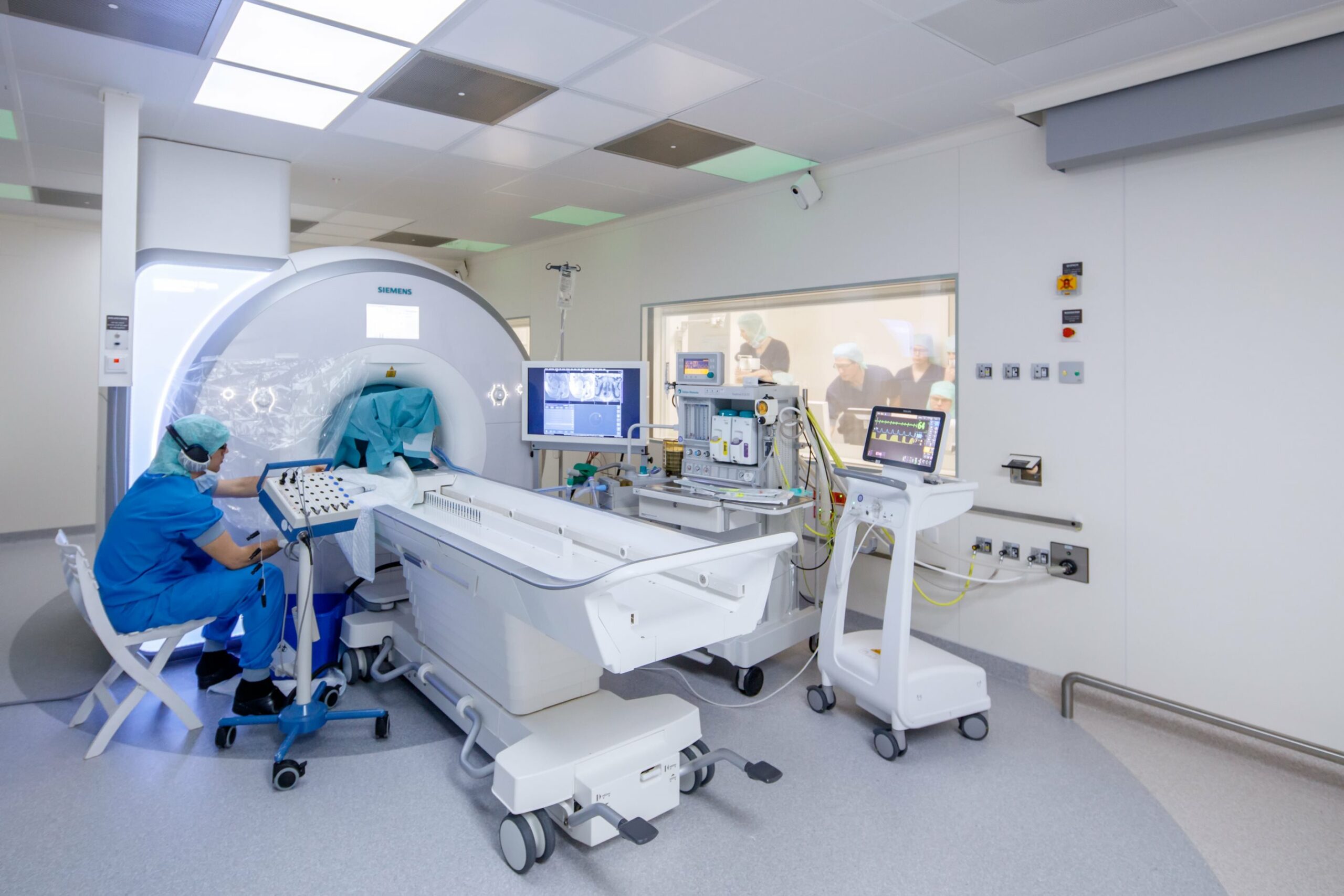
Kidney organoids, tiny mini-kidneys grown in the lab with the aid of stem cells, are the best way to help better understand the cause and possible treatment of nephrotic syndrome, a rare kidney disease. Scientists at RadboudUMC (the Netherlands) and others are showing that these organoids can also serve as a baseline for research into other rare kidney diseases. The research could lead to alternatives to the use of prednisone, which has very serious side effects, especially for children, as RadboudUMC states in a press release.
Nephrotic syndrome is a rare kidney disease whereby the filters in the kidneys do not work properly. As a result, the body loses important proteins. These end up in the urine and are excreted. Not much is yet known about the origin of the disorder. With the help of small mini-kidneys that are developed in the lab, researchers are trying to learn more about the cause of this rare disease.

Two millimeters
A mini-kidney, known as a kidney organoid, looks partly like a real kidney in composition but then in miniature: it is a very small piece of tissue about two millimeters in diameter. Researchers at Radboudumc use stem cells to develop these mini-kidneys. Lead researcher Jitske Jansen: “We have used a particular type of stem cell, which has grown into a kidney organoid by means of an advanced ‘culture recipe’. We can look inside this to examine molecular processes that lead to damage to kidney cells.”
Making organoids ‘sick’
The researchers were particularly interested in the cells that play an important role in nephrotic syndrome: the kidney filter cells, also known as podocytes. These cells are responsible for keeping proteins inside the body. If something goes wrong in these cells, proteins leak out and nephrotic syndrome then develops. The researchers wanted to mimic this process in the kidney organoid. “We wanted to make the organoid sick, and we succeeded. The diseased podocytes in the renal organoid looked similar to the kidneys of patients with nephrotic syndrome,” says Jansen. Now she and fellow researcher and group leader Bart Smeets are able to study the development of nephrotic syndrome more closely. Jansen: ‘This means exploring the whole iceberg instead of just the tip of it.’ As far as Jansen is concerned, this non-animal research method can eventually be used for other rare kidney diseases.
CRISPR-Cas9
By using organoids, Jansen can find out the underlying cause of nephrotic syndrome in individual patients, and potentially cure it. “We can make mini-kidneys from healthy stem cells, but also from stem cells taken from the blood of patients. The cells in these mini-kidneys then have the same defect as the kidney cells in the patient, which provides us with much more insight into how the condition arises. Because we know that it is podocyte that plays a major role in this, but why that podocyte doesn’t work can vary from patient to patient.” Using a technique that can repair DNA, CRISPR-Cas9, the researchers succeeded in repairing the defect. Jansen: “We can use this knowledge to develop and administer better treatments at our Rare Kidney Diseases Expertise Center than we have managed to do so far.”
Prednison
And new treatments are desperately needed. The only effective medicine for children with nephrotic syndrome so far is prednisone, but that causes severe and unpleasant side effects. Alternatives to this are more than welcome, concurs Michiel Schreuder, professor of pediatric nephrology. He sees many patients at the Radboudumc Amalia Children’s Hospital, which leads the way in care for and research into rare and serious kidney diseases in children. “To date, not much is known about the origins of nephrotic syndrome. The disease affects about 500 people a year, of which 55-60 are children. So we can see who we are doing this research for.”
Selected for you!
Innovation Origins is the European platform for innovation news. In addition to the many reports from our own editors in 15 European countries, we select the most important press releases from reliable sources. This way you can stay up to date on what is happening in the world of innovation. Are you or do you know an organization that should not be missing from our list of selected sources? Then report to our editorial team.







